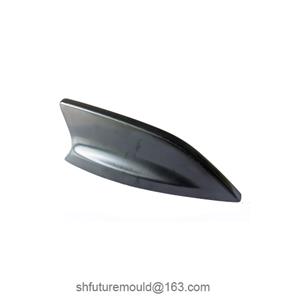Common Faults and Solutions in Hot Runner Systems for Injection Molds
The hot runner system is a vital component of modern injection molds. However, during operation, improper handling or equipment issues can lead to various faults. Below are some common issues and their corresponding solutions:
1. Hot Nozzle Blockage
Symptoms:
The plastic does not flow smoothly, resulting in incomplete cavity filling or insufficient injection.
Products show signs of short shots or surface flow marks.
Possible Causes:
Material degradation or carbonization leads to residue clogging the hot nozzle.
Uneven heating or malfunctioning heating elements cause the plastic to cool and solidify.
Solutions:
Regularly clean residue from the hot nozzle, especially when processing high-temperature materials.
Check whether the heating elements function properly and promptly replace damaged heating rings or hot nozzle components.
Ensure the temperature settings match the processing requirements of the material, avoiding excessively high or low temperatures.
2. Manifold Leakage
Symptoms:
Molten material leaks from manifold connections, causing contamination inside the mold or affecting product quality.
Possible Causes:
Sealing between the manifold and the hot nozzle or mold has failed.
Loose manifold mounting bolts or aging seals.
Solutions:
Regularly inspect the condition of the seals and replace aging or damaged O-rings as needed.
Check whether the mounting bolts are loose and ensure the manifold is tightly fitted to other components.
High-temperature sealing materials are applied to the manifold interfaces to enhance sealing performance.
3. Temperature Control Failure
Symptoms:
Localized overheating in the hot runner, causes material degradation or burning.
Insufficient temperature, leads to poor molten flow.
Possible Causes:
Malfunctioning temperature controllers or aging temperature sensors result in inaccurate temperature detection.
Localized failure of heating elements causes uneven heat distribution.
Solutions:
Inspect the temperature control system and sensors for proper operation, and replace faulty components as needed.
Test the resistance values of the heating elements to identify and replace defective heaters.
Regularly calibrate the temperature controllers to ensure the displayed temperature matches the actual temperature.
4. Mold Surface Overheating
Symptoms:
Excessively high mold surface temperature affects product demolding or cooling efficiency.
Possible Causes:
Insufficient insulation between the hot runner and the mold cooling section allows heat transfer to the mold.
Insulation pads or plates have failed.
Solutions:
Add effective insulation layers between the hot runner and the mold to reduce heat transfer.
Check the condition of insulation pads or plates, and replace them if necessary.
Optimize the mold cooling system to improve cooling cycle efficiency.




